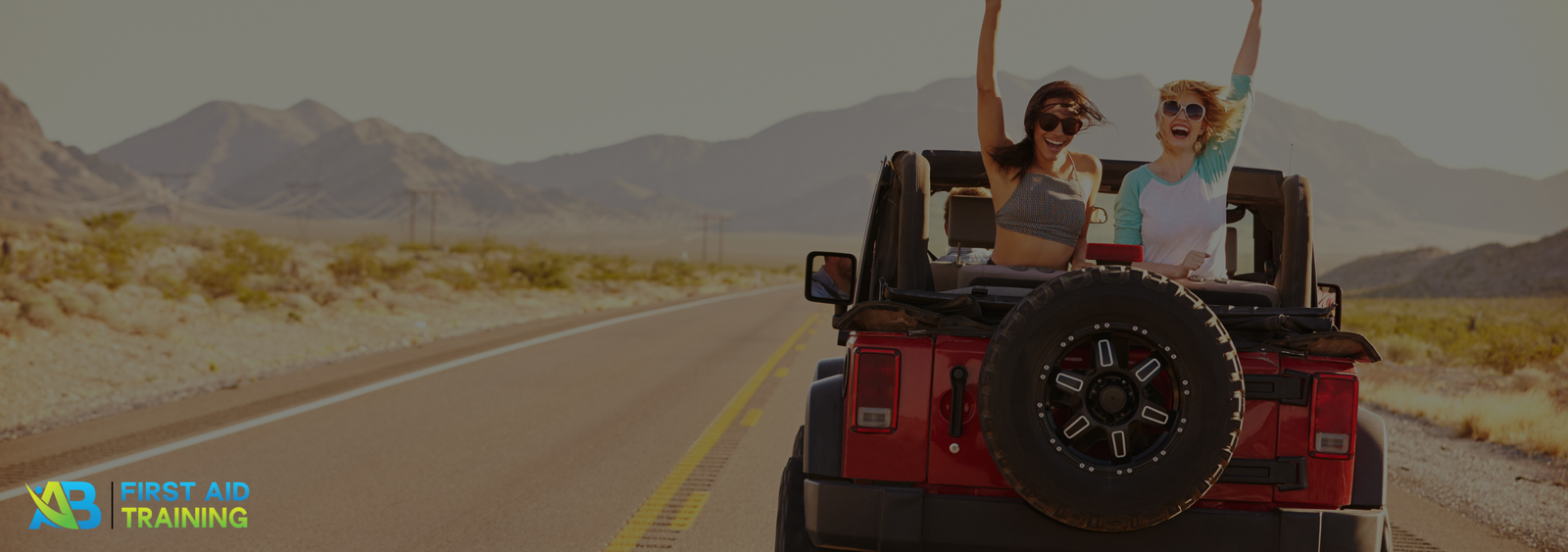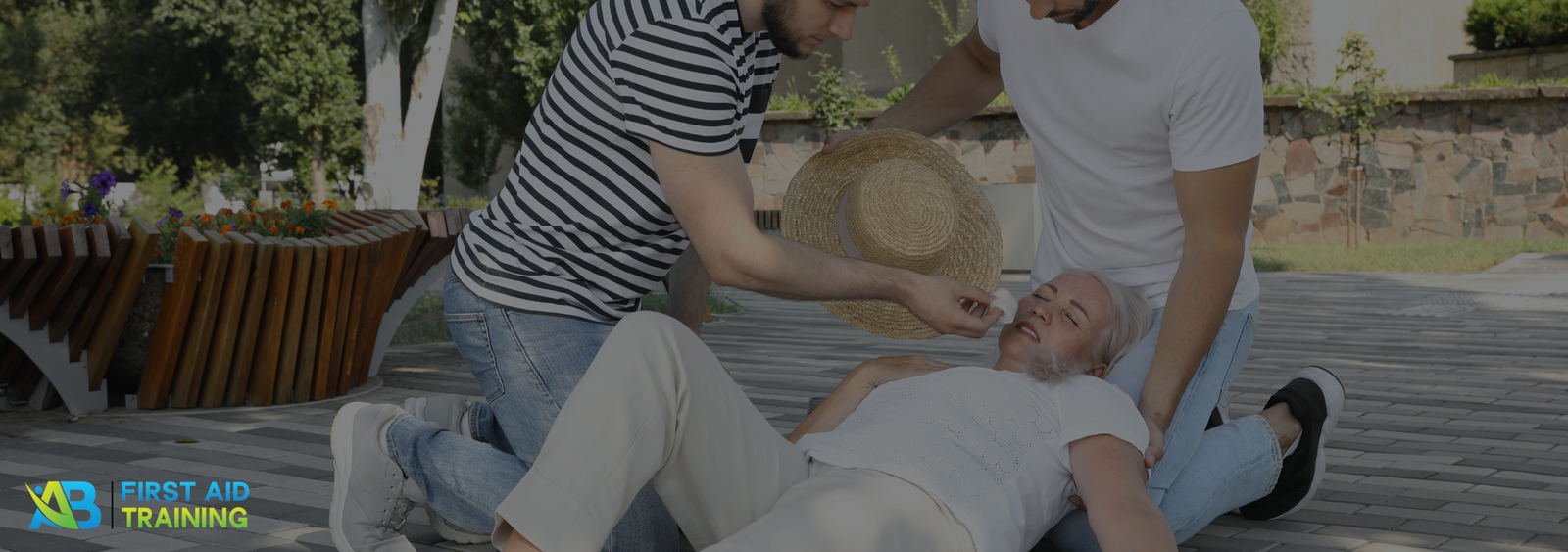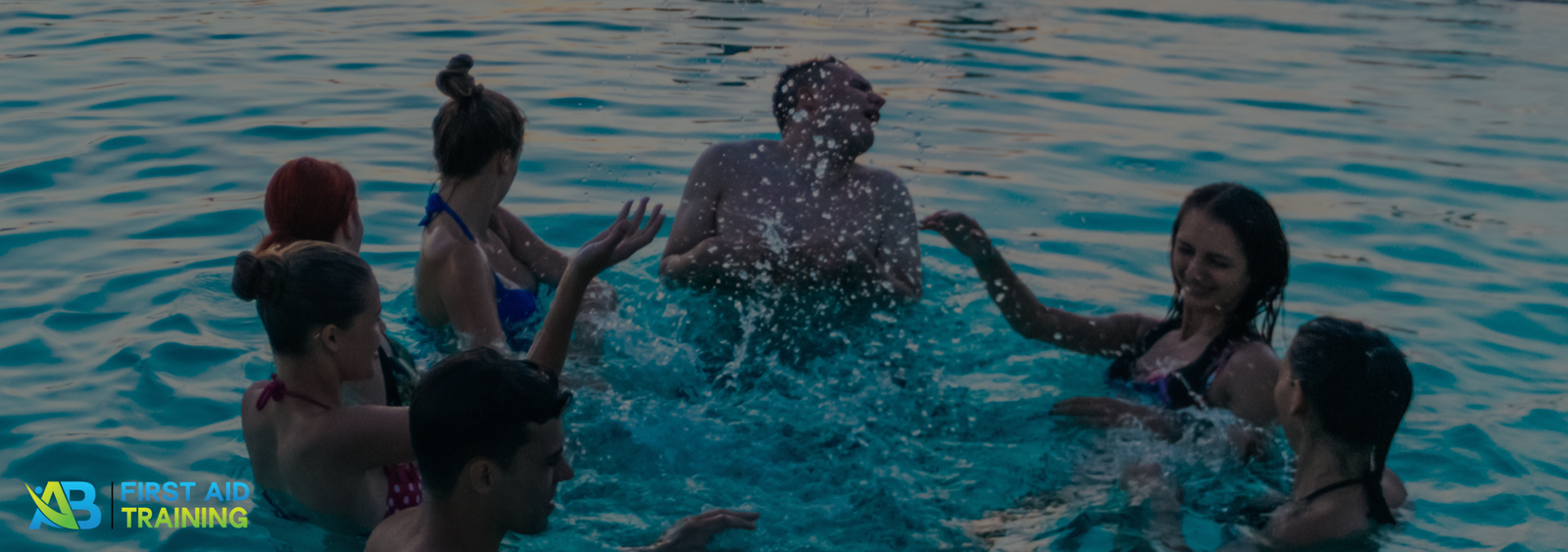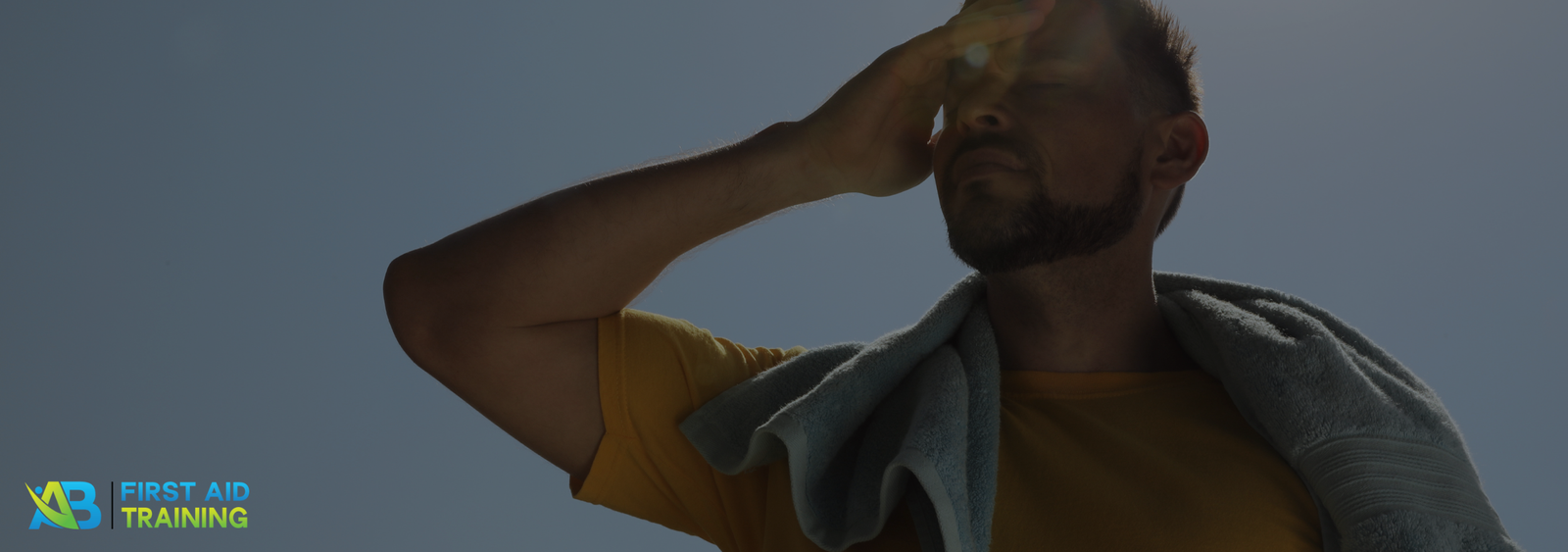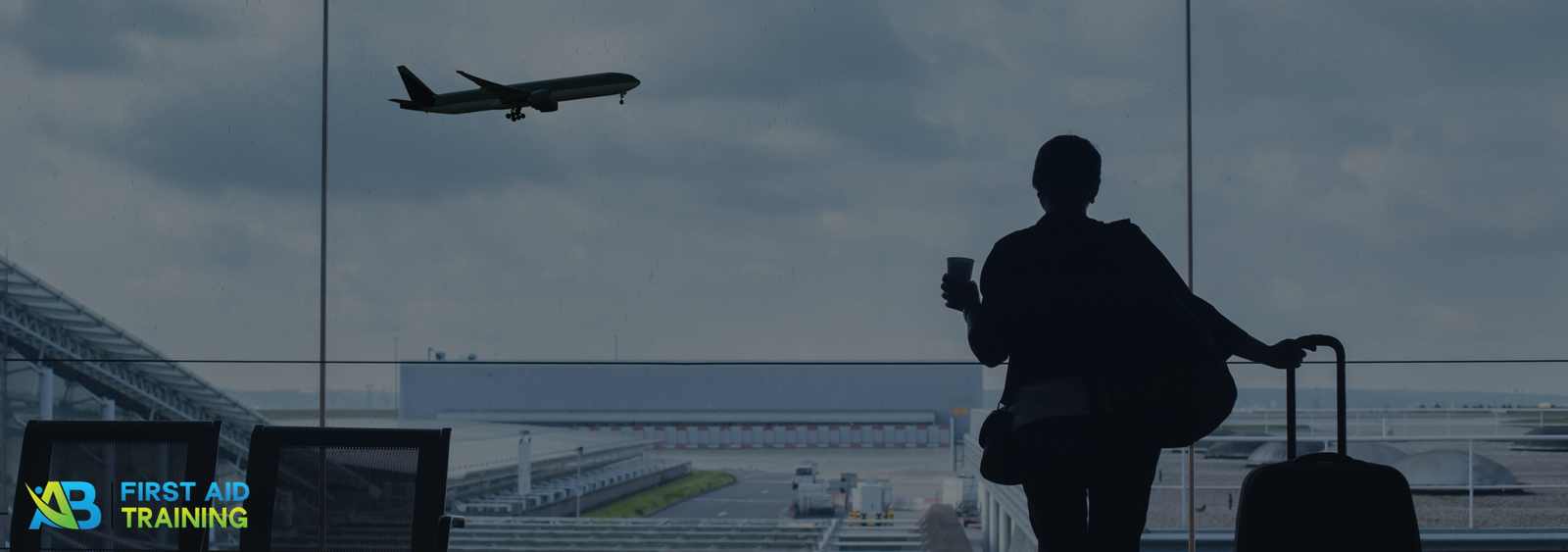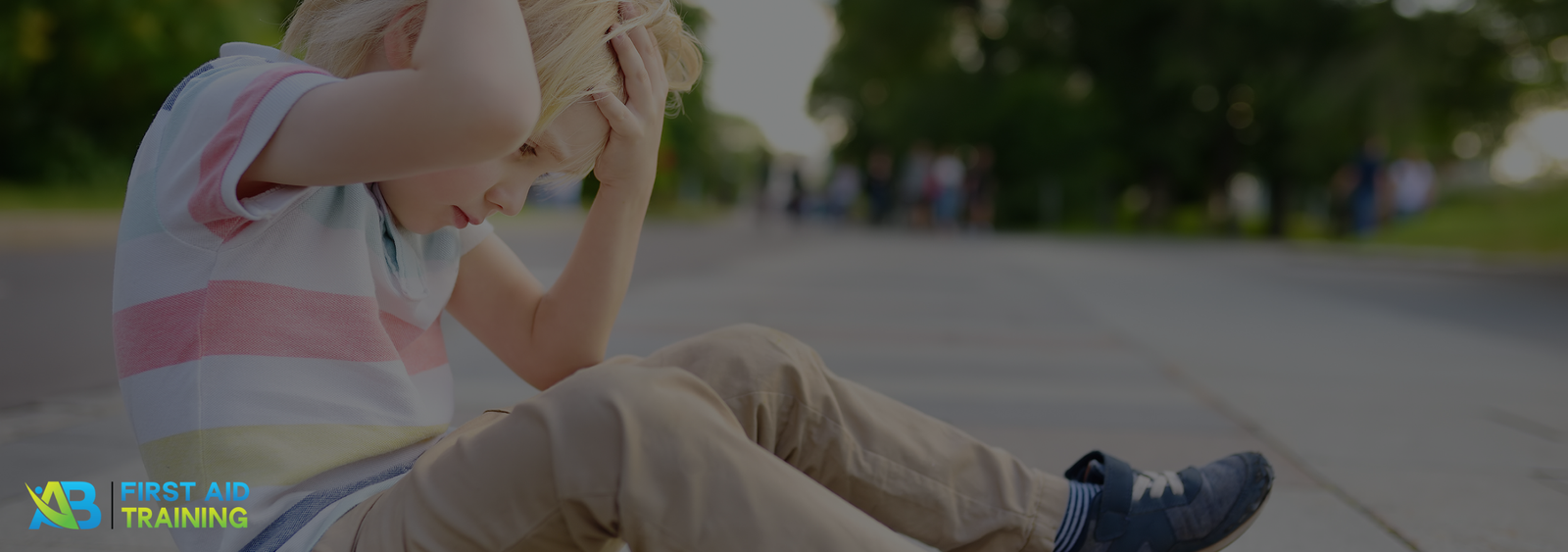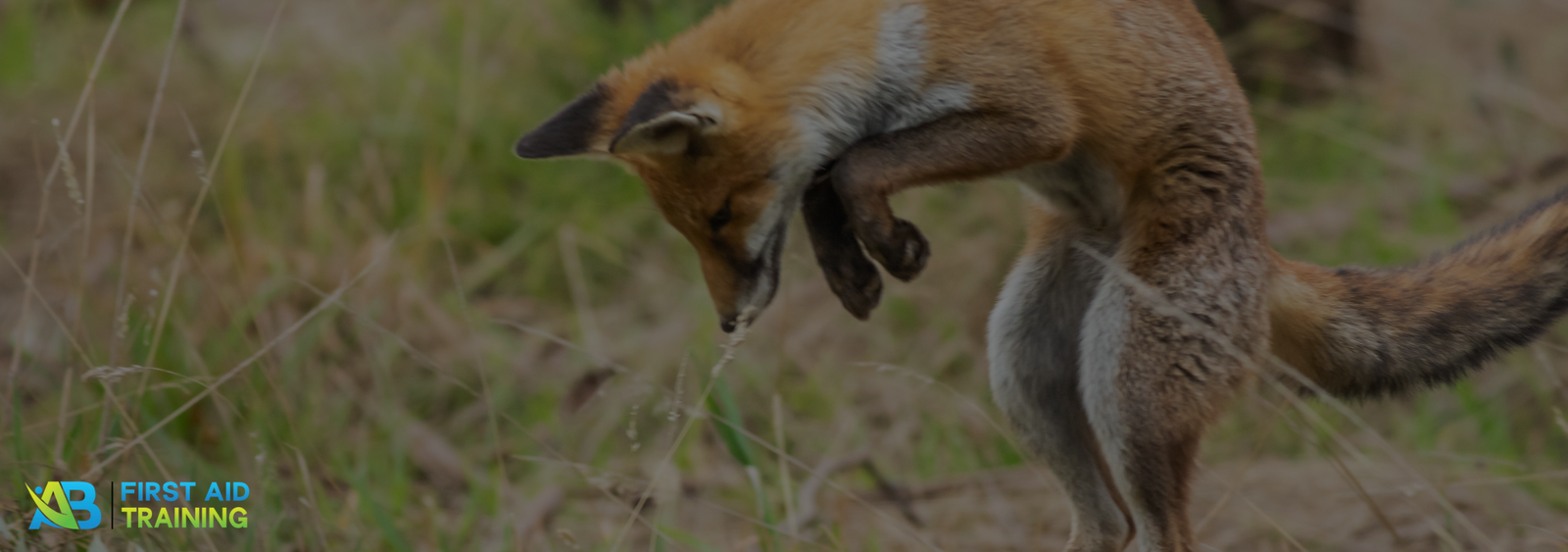From bluebottle stings to sunburn, learn how to handle common beach injuries and keep your summer safe and stress-free.
First Aid for Summer Road Trips: What Every Car Should Have Before You Hit the Highway
Heading away this summer? Here’s what to pack in your car first aid kit and how to handle roadside emergencies safely.
Heatstroke vs. Heat Exhaustion: How to Spot the Difference and Act Fast
Learn the difference between heatstroke and heat exhaustion, how to recognise the signs, and what first aid steps to take before help arrives.
Snake Bites and Creepy Crawlies: Staying Safe on Summer Walks
Learn how to stay safe from snakes and insects this summer. First aid tips for bites and stings, local hotspots, and what to pack before you hit the trails.
Beach and Pool Safety: What to Do When Fun Turns Risky
Stay safe this summer with simple beach and pool first aid tips. Learn how to spot drowning early, treat common injuries, and build your own water safety kit.
Summer’s Hidden Dangers: The First Aid Skills Every Aussie Should Know Before the Holidays
Summer means fun in the sun, but it’s also peak season for preventable injuries. Learn the top first aid skills every Aussie should know before the holidays.
Holiday Travel Health: What to Do When You Get Sick or Injured Away from Home
Get travel-ready this summer with our essential first aid kit checklist and health advice for holidays, road trips, and outdoor adventures.
Concussion Made Simple: What Actually Happens in the Brain
Concussion in plain English. Learn what happens in the brain, what to look for, and simple steps to keep people safe after a head knock.
Urban Foxes Around Brimbank Park and Tullamarine: Are There More Foxes Around or Is That Just Me?
Melbourne has one of the world’s highest urban fox densities. Learn where foxes live in the north-west, how to protect pets, and stay safe outdoors.
Time is the Biggest Enemy
– Teachers are already juggling full teaching loads, meetings, and admin.
– Releasing staff for training means finding and funding casual relief teachers.
– Professional development calendars are crammed — adding compliance training can mean sacrificing other priorities.
How to recognise and respond to a heart attack: A Lifesaving Skill
Heart attacks can strike unexpectedly and knowing how to respond promptly could save a life. In Australia, heart disease is one of the leading causes of death, and early intervention can drastically improve the chances of survival. AB First Aid Training offers practical, hands-on courses to equip you with the skills to act quickly during a heart attack. 1. Recognizing the Symptoms of a Heart Attack Pain or discomfort in the chest, often described as a tightness or pressure. Pain radiating to the arms, neck, jaw, back, or stomach. Shortness of breath, dizziness, nausea, or sweating. 2. Immediate Response Call 000 and request an ambulance immediately. Encourage the victim to chew and swallow aspirin if they are not allergic, as it can help to thin the blood. If the victim becomes unconscious and is not breathing, perform CPR until professional help arrives. 3. CPR and Defibrillation Knowing how to perform CPR and using an Automated External Defibrillator (AED) is crucial in heart attack situations. Regular practice can make the difference between life and death. Conclusion Are you prepared to help someone suffering from a heart attack? Join AB First Aid Training today and gain the skills you need to respond confidently and effectively.Book a course now or call us at 03 8364 8984 for more information. Questions for Reflection: Can you identify the symptoms of a heart attack? Do you know how to use an AED in an emergency? Sources Heart Foundation: Heart Attack Signs and First Aid St John Ambulance Australia: Heart Attack First Aid

